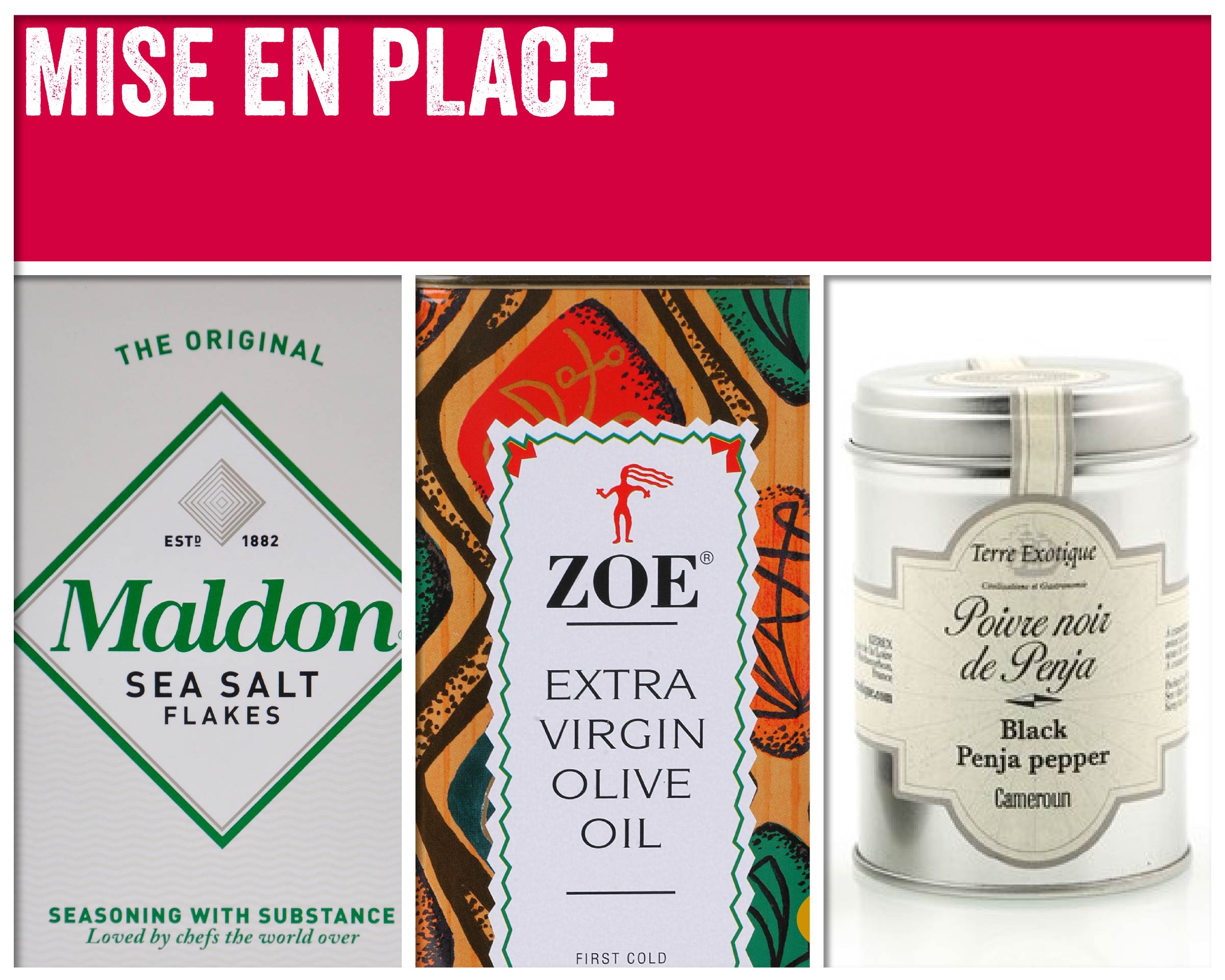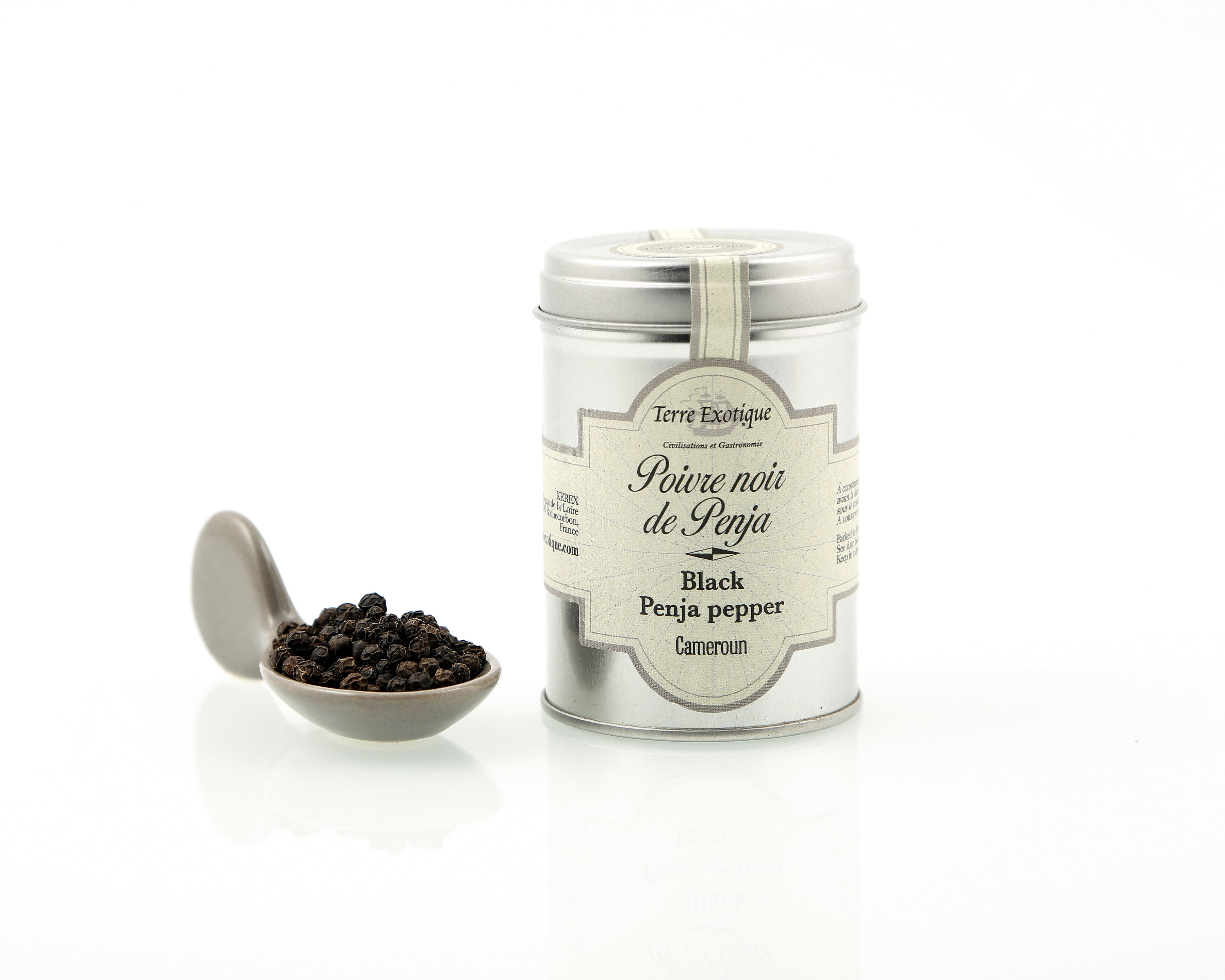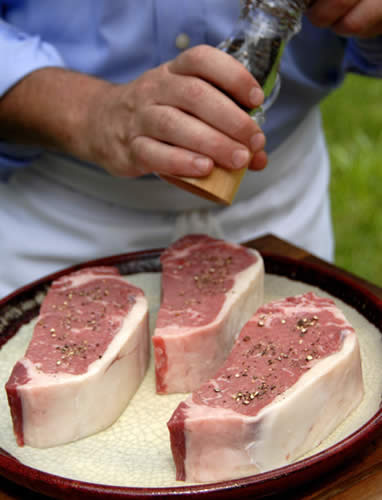In a sense, pepper is the reason we are here today. “We” meaning Americans, and “here” meaning in North America. We have intrepid, seafaring explorers and an insatiable appetite for pepper and other spices to thank. As they set out to find new trade routes to Southeast Asia, where pepper and many other spices were grown, new continents were discovered.

A Spicy History
In Ancient Greece and Rome, pepper was used to disguise the flavor of gamey meats and boiled dishes. Prior to that, pepper was used commonly in India and China where it was cultivated. Rare and expensive for Europeans in the Middle Ages, pepper was sometimes as currency for trade or debts—and even as collateral.
Throughout history, pepper was blended with other spices and even with juniper berries in Roman times. The most-traded spice in the world, it was reportedly demanded as ransom payments and was the source of international struggles until the spice craze died down after the Renaissance.
Eventually, it came to be paired with salt as the most common cooking and table seasonings in the industrialized world.

A Rainbow of Peppercorns
The fruit of the pepper plant, called pepper berries, ripen from green to red then to brown. When dried, the berries become known as peppercorns.
They can be harvested at different stages of maturity, and this is why you’ll see a rainbow of pepper colors on the shelf at the market. The most commonly seen variety is black pepper, which is actually whole red peppercorns that have been dried.
White pepper is the product of ripe peppercorns with the husk removed; it is popular with chefs for use in white sauces so as not to mar the appearance of the sauce.
Green peppercorns feature a fruitier flavor and can be dried as peppercorns or pickled in vinegar or brine, which is more commonly used in Asian cuisine.
In Cooking the Perfect Steak
When following Lobel’s Guide to Cooking the Perfect Steak, select a high-quality black pepper. Choose peppercorns and grind them fresh just before cooking; ground pepper loses its flavor and aroma rather quickly, so you want to be sure to always grind fresh pepper. A coarser grind will provide a nice crunch on the crust of the steak and allow the flavor of the pepper to burst in your mouth as you chew.
Different varieties of pepper will have slightly different pungency, so select one that matches the beefiness of the steak that you are cooking: a more robust pepper for a more robust steak, such as hip sirloin or rib steak, or a more mild pepper for a more mild steak such as filet mignon.

What is your go-to pepper for mise en place? What is your favorite recipe featuring pepper? Do you typically go for a black pepper, or experiment with green or white?



Leave Your Response